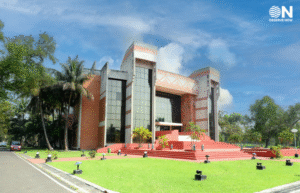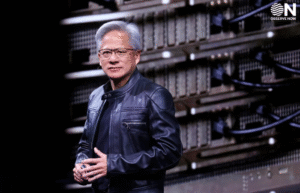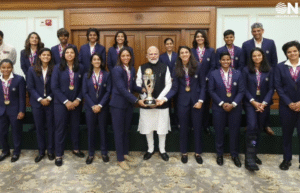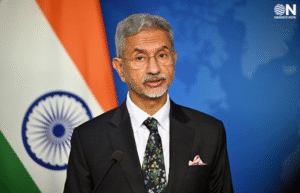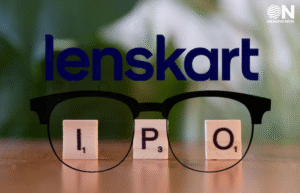IIM Calcutta and TalentSprint Celebrate Six Years of Pioneering Executive Education, Launch New AI Program for Leaders
For the past six years, IIM Calcutta and TalentSprint have been at the forefront of executive education, delivering innovative, industry-aligned programs that have empowered over 3,000 professionals across 30 batches. With a keen focus on meeting the growing demand for management professionals capable of navigating today’s rapidly changing business landscape, this strategic partnership has consistently anticipated market trends and provided solutions for working professionals.
As artificial intelligence (AI) transforms industries worldwide, IIM Calcutta and TalentSprint have launched a new program, “AI for Leaders,” under the guidance of IIM Calcutta professors Saravana Jaikumar and Debashis Saha. This latest initiative equips aspiring and current leaders with the knowledge and skills to leverage AI as a strategic tool for business enablement and growth. The program is designed to prepare participants to tackle the challenges of the AI-driven future and seize emerging opportunities.
The partnership has a history of pioneering programs that address industry needs. Early on, they introduced the Fintech and Financial Blockchain program to help professionals navigate the digital banking revolution. This was followed by transformative courses like the Executive Program in General Management (EPGM) and the Executive Post-Graduate Program in Global Business Management (EPGBM), blending IIM Calcutta’s academic rigor with TalentSprint’s expertise in online education.
In response to sector-specific leadership demands, the partnership developed programs such as the Education Leaders’ Program (EdLEAP) to empower education sector leaders and the Digital Business Leadership program to equip aspiring CXOs with the skills needed to drive innovation in the digital age.
Prof. Saibal Chattopadhyay, Director of IIM Calcutta, stated, “Our partnership with TalentSprint has been a game-changer since the launch of the fintech program. It has enabled us to expand our reach, cater to a diverse range of professionals, and foster a community of experts who are not just leaders, but visionaries. Together, we are shaping the future of executive education.”
Dr. Santanu Paul, Founding CEO & MD of TalentSprint, added, “Our mission is to equip professionals with the contemporary skills required to thrive and succeed in the digital age. Partnering with IIM Calcutta, a global leader in management education, has been instrumental in achieving this goal. Our programs are a testament to the power of combining academic rigor with real-world relevance, resonating our core focus on bringing forth management and leadership programs for a disrupted world.”





